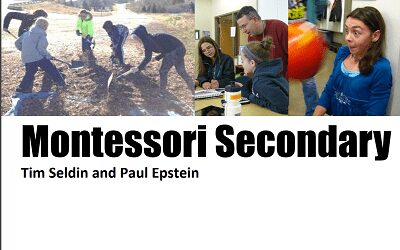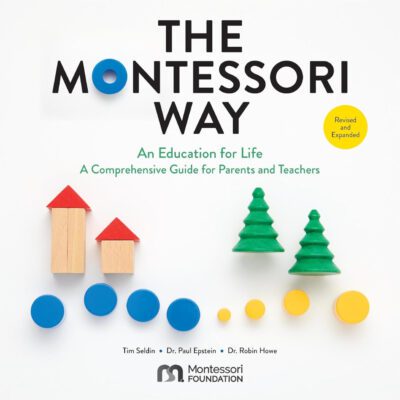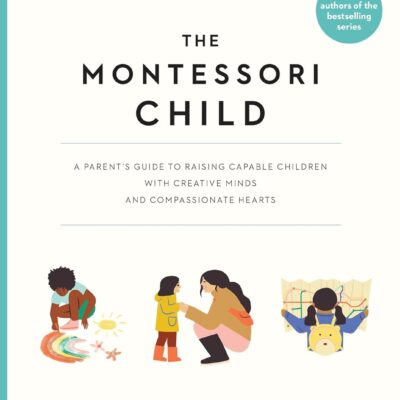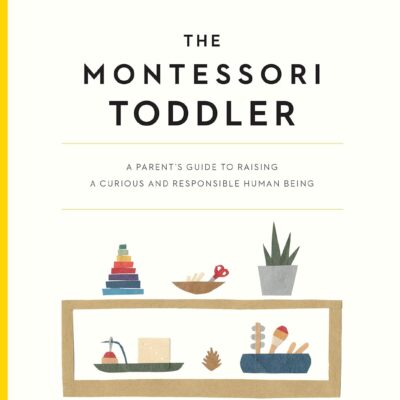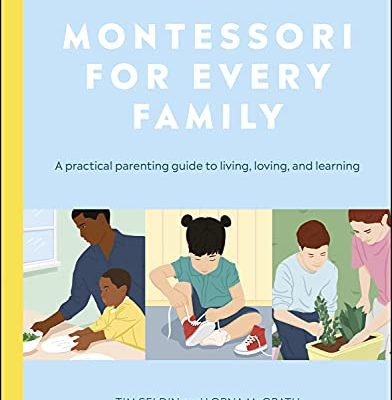A few years ago, my husband and I attended a Montessori leader’s seminar and the question was raised and reiterated by several people in the room: “Where are the future leaders?” I came away with the determination that we would raise them up in our organization. We began and continue to do some of those activities. In looking towards the future more and more questions about succession planning and sustainability planning were voiced. As we talked more about this, I came to the realization that we had to start at the Board level. This article is about the process that we have taken and the planning that we are doing with our Board of Directors—all in the present tense because we are still working on it.
I had been reading about “change” models, and there are numerous ones available. Probably the most well known is Kotter’s 8-Step Change Model. All change models contain many of the same elements. However, we are a nonprofit educational organization and terminology is important to the people we want to engage. There is nothing wrong with Kotter’s “create a powerful coalition” but it feels different from “co-construct the future” from the Cooperrider, Whitney, and Stavros (2008) “Appreciative Inquiry” approach. The Appreciative Inquiry approach creates opportunities to develop a knowledge base and engage everyone affected by the changes that will come. The Board did not, and does not, know that we have followed this or any change model––but we have.
Here’s a brief summary of the Appreciative Inquiry, four-step approach to change. Step one is Discover the Historical Context. This step allows you to highlight the positives from the past and sincerely appreciate past service of members and leaders. Step two is Dream. This is the moment to envision what could be and explore additional knowledge to help make good decisions about that vision. Step three is Design. This is the time to make decisions about the knowledge you learned in step two that lead to the next step. Step four is Destiny. These are the actions that lead to the fulfillment of the dreams and implement the design.
One of the challenging aspects for us, and for many Montessori Schools is that the leader is often the founder of the school. Whether you are non-profit or for profit, at some point the founder has to make a decision about what to “do” with the school. It is unrealistic and unhealthy for the organization or the leader to work until they wheel him or her out on a gurney without planning for the continuation of the business. In our school, my husband and I are part of the second generation of the family to run the nonprofit school that his mother started in 1967.
Since there is not a third generation to step up, if the organization is going to survive, then we have to prepare it, not only to survive but to thrive. We have an ethical obligation to the 80-plus employees and the 250 families we serve for the school to continue into the future. We want to leave the organization in a better place than when we arrived to honor his mother’s legacy.
At the beginning of this process a board member mentioned in a board meeting that we needed to recruit a new board member. As the discussion progressed I asked the following questions: Why? What exactly are we recruiting this person for? Are we doing what we need to do as a board? How do we identify the right person? Do we even know where we want the board to be in the next 10-15-20 years and who we need? Lack of answers led to a period of board development and learning and ultimately resulted in all of those questions being answered using the Appreciative Inquiry change model.
We reviewed the historical context and life cycle of the board in step one. We began, as most state laws require, with a three-person board. This board was made up entirely of family members. Over time we included parents—which didn’t work well; teachers—that didn’t work at all; and reviewed how the current board developed. Discussion about the pros and cons of our board history helped us determine the composition of board members that worked best for our organization. We reviewed personal and organizational values, mission, vision, and purpose of the board including the past and present needs.
We explored roles and responsibilities of boards. We examined how structures and governance styles impact those roles and responsibilities before we made decisions about whom the future board should contain. This process allowed us to engage in step two of the Appreciative Inquiry change model and fully dream about the board itself, its role in the organization, and naturally led into step three—Design.
Although we examined all types of board structures we made minor adjustments to the actual structure but we were prepared to make bigger changes if it had been necessary. We adjusted our bylaws to include the larger mission of our organization since we now have a satellite school and a teacher-training center. We reviewed and made recommendations about the vision and mission of the administrative team. We defined roles of board members and defined the limits of the role of the board.
The culmination of this board change was step four—Destiny—to effectively and purposefully recruit new board members and assign specific roles to board members. We had defined the role of the board members; now we had to develop a process that would identify who we were looking for. Once that process was implemented, we added three new board members within a year. This prepared us to take on the bigger tasks of what succession looks like and the priority of sustainability.
The Appreciative Inquiry approach is fairly intuitive. We’ve used the same approach as we have discussed succession and sustainability planning beyond developing a plan for the board of directors. We reviewed the historical context and its current influence on the dynamics of the school (including educational, cultural, and financial impact). We spent time discussing or dreaming about what we want the future of the organization to look like. We have worked through step three to co-construct the future of the organization and lay out plans that over time can be implemented in step four.
Some of the issues we have and are addressing are: when family members should come off of the board; defining and identifying job functions of the administrative team; dividing multiple roles of family members into reasonable expectations for recruiting and hiring of replacements; head compensation; and replacement of the Head of School/Executive Director. We are also trying to identify internal staff members for leadership roles, addressing compensation of administrative staff, and compensation and benefit packages for all staff. Then, of course, the big elephant left in the room is how to fund for sustainability— so we are addressing that issue too. We are looking at the roles of the Head of School/Executive Director to determine what should be on that job description and what should be outsourced or moved to another job description even if it means creating a new position.
One of the actions taken in step four of this change process is to “write it down.” We have used a timeline to communicate and identify how and when succession will take place and as a guide for the board to realize when they need to progress in their responsibilities. An example is developing a competitive compensation package for the Head of School/Executive Director prior to beginning a search for a new Head of School. Since this has been a family run non-profit, the board has never actually been involved in the process of hiring, evaluating, or compensating the head of school. Yet, this is a necessary step that has to be taken to prepare the organization and make the organization sustainable.
Another thing the timeline does is communicate to the board “the family is stepping down”—not just the head of school. In the board recruiting process, we have been very clear that the purpose of the board is to bring strategic minds together to help us move through a succession and sustainability plan. The timeline says we are serious about this and we give a timeline for when we plan to step out. Ours is a ten-year plan. These things cannot happen overnight but the timeline outlines progressive steps that show a definitive end to family involvement and a gradual progression of passing the torch to a new generation. Ultimately, this is needed for the organization to survive and Montessori education to thrive in our community.
References
Cooperrider, D. L., Whitney, D., and Stavros, J. M. (2008). The Appreciative Inquiry Handbook: For Leaders of Change. Crown Custom Publishing, Inc., Brunswick, OH.
Montessori Leadership / February 2017 / p 15

